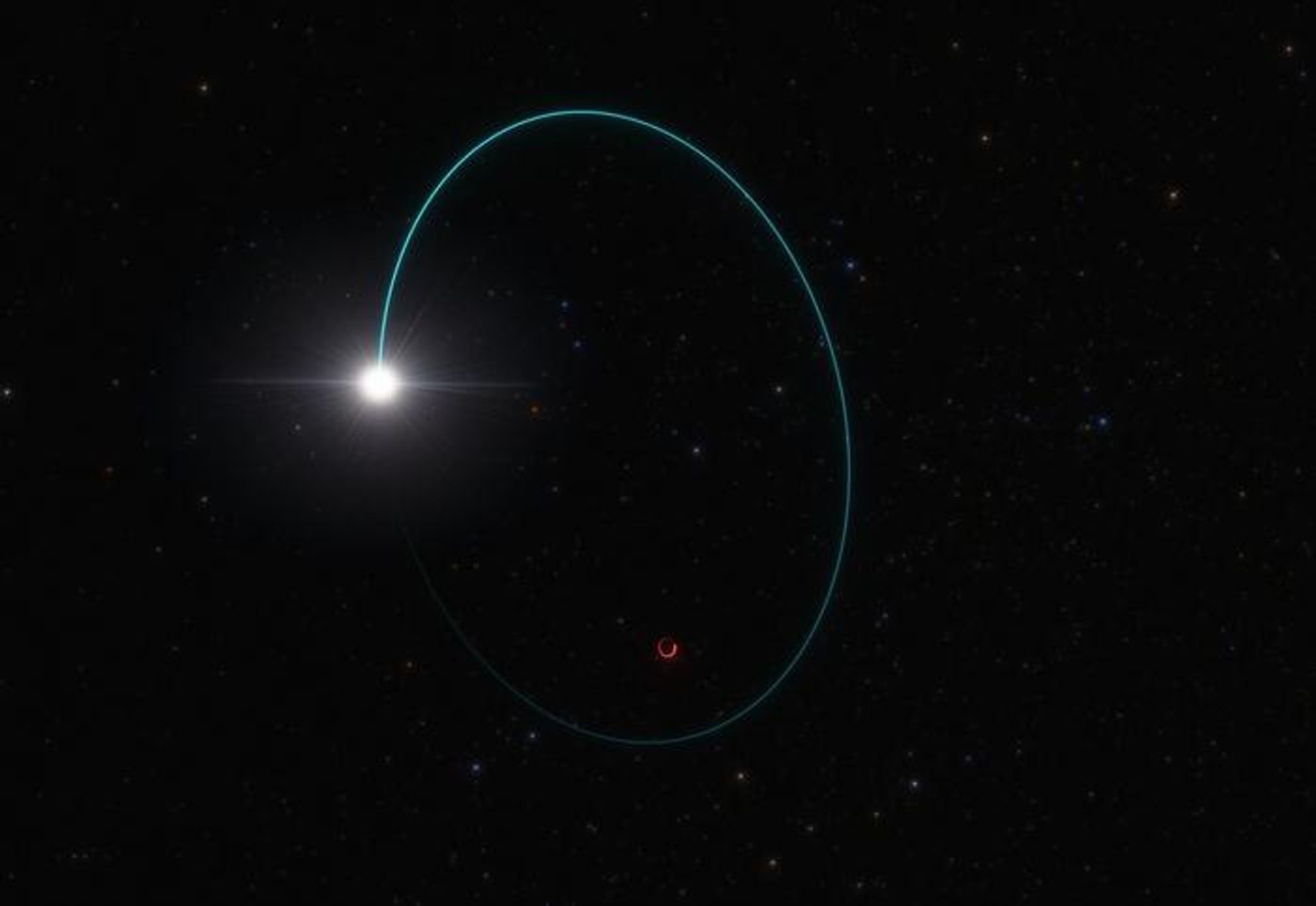Astronomers Discover Most Massive Stellar Black Hole in the Milky Way
How big is the biggest black hole? This is what a recent study submitted to Astronomy and Astrophysics hopes to address as a team of more than 100 international researchers investigated the discovery of an inactive black hole that 33 times the size of our Sun, which is being dubbed as the largest black hole ever discovered in the Milky Way Galaxy. It is located just under 2,000 light-years from Earth and is the second-closest black hole from our planet. This study holds the potential to help scientists better understand the origin, evolution, and formation of black holes throughout both our galaxy and the universe.
The black hole, which has been named Gaia BH3, was first discovered using data from the European Space Agency’s Gaia mission (hence the name), along with follow-up observations by several ground-based telescopes, including the European Southern Observatory’s Very Large Telescope (ESO’s VLT). While black holes cannot be directly imaged, they are typically identified from their influence on the surrounding environment, often from consuming a star. However, Gaia BH# was identified from the wobble its companion star induces on the black holes. After careful analysis, the researchers were able to determine its size at a monstrous 33 times the size of our Sun.
Artist's rendition of Gaia BH3 and its companion star orbiting it. (Credit: ESO/L. Calçada)
“No one was expecting to find a high-mass black hole lurking nearby, undetected so far,” said Dr. Pasquale Panuzzo, who is an astronomer at the Observatoire de Paris, which is part of France's National Centre for Scientific Research (CNRS), and lead author of the study. "This is the kind of discovery you make once in your research life."
Going forward, future studies could help astronomers gain greater insight into Gaia BH3’s history and additional data regarding its characteristics using more powerful instruments, including the GRAVITY instrument on ESO’s VLT Interferometer.
How will Gaia BH3 help astronomers learn more about black holes in the coming years and decades? Only time will tell, and this is why we science!
As always, keep doing science & keep looking up!
Sources: arXiv, EurekAlert!, European Southern Observatory









